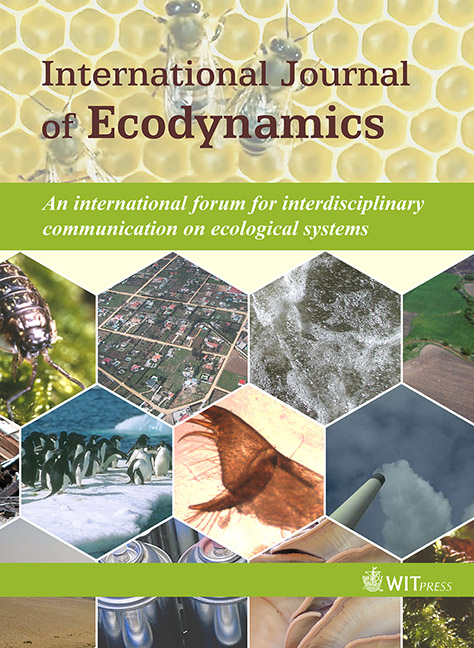The eco-costs/value ratio: A tool to determine the long-term strategy for delinking economy and environmental ecology
Price
Free (open access)
Volume
Volume 1 (2006), Issue 2
Pages
12
Page Range
136 - 148
Paper DOI
10.2495/ECO-V1-N2-136-148
Copyright
WIT Press
Author(s)
Ch.F. Hendriks, J.G. Vogtländer, G.M.T. Janssen
Abstract
Looking at the dynamic changes in our world, the ever-growing economy seems to be one of the major root causes of the continuing deterioration of our environment. The question is: what can be done? Stopping economic growth is not a realistic option; so the solution must be found in a better eco-efficiency of our systems for production and consumption (‘delinking of economy and ecology’). Future products and services need to have a high value/costs ratio combined with a low burden on our environment. At the Delft University of Technology, a model based on life cycle analysis has been developed to assess the eco-efficiency of products, services, houses, buildings, etc. The model is also applied for the environmental impact assessment of urban and rural planning. It is called the model of eco-costs/value ratio (EVR). The basic idea of the EVR model is to link the ‘value chain’ to the ecological ‘product chain’. In the value chain, the added value (in terms of money) and the added costs are determined for each step of the product ‘from cradle to grave’. Similarly, the ecological impact of each step in the product chain is expressed in terms of money, the so-called eco-costs. The ratio of ‘eco-cost’ and ‘value’ is defined in each step in the chain as: EVR = eco-costs/value. The ‘eco-costs’ have been defined in terms of marginal prevention costs (‘end of pipe’ as well as ‘system integrated’) for pollution and materials depletion. The eco-costs are ‘virtual’ costs: these costs are related to measures which have to be taken to make (and recycle) a product ‘in line with earth's estimated carrying capacity’. These eco-costs are estimated on a ‘what if’ basis (what technical measures are required to lower the current pollution and resource depletion to sustainable levels?). The ‘value’ in the model is the market value: the ‘fair price’ as perceived by customers. The advantage of such a definition of eco-efficiency (instead of using ‘costs’) is that the consumer behaviour is incorporated in the model. This makes the model suitable for strategic design of the transition towards an environmentally sustainable society: green products and services will only survive in our free market economy when they have a good value for the consumers.
Keywords
eco-costs, life cycle analysis, value, prevention, land use, materials and pollution




